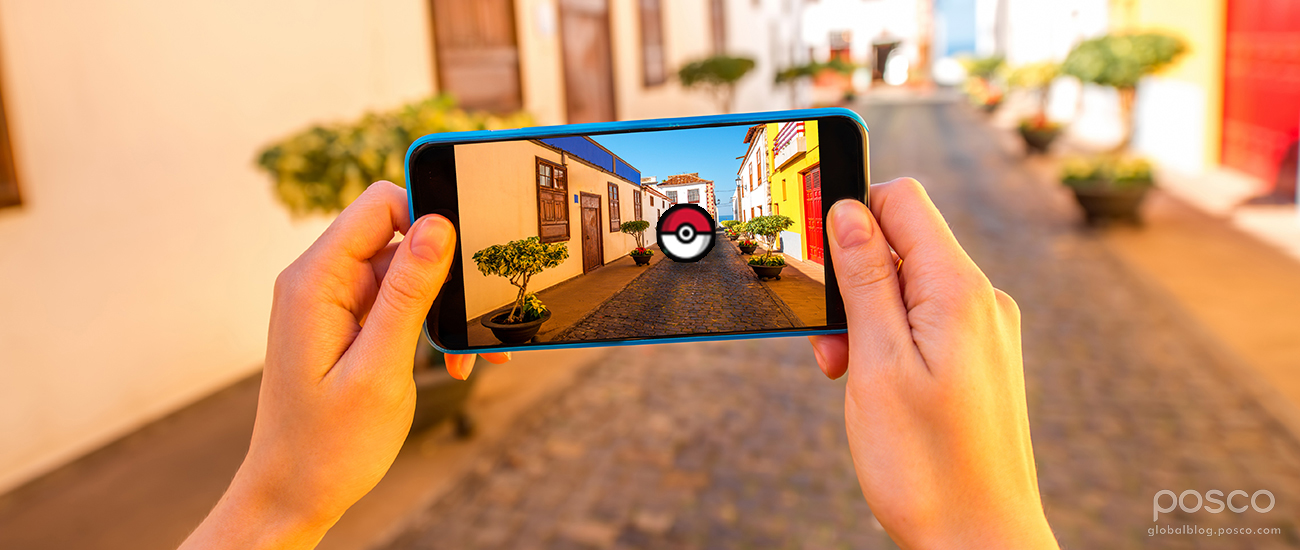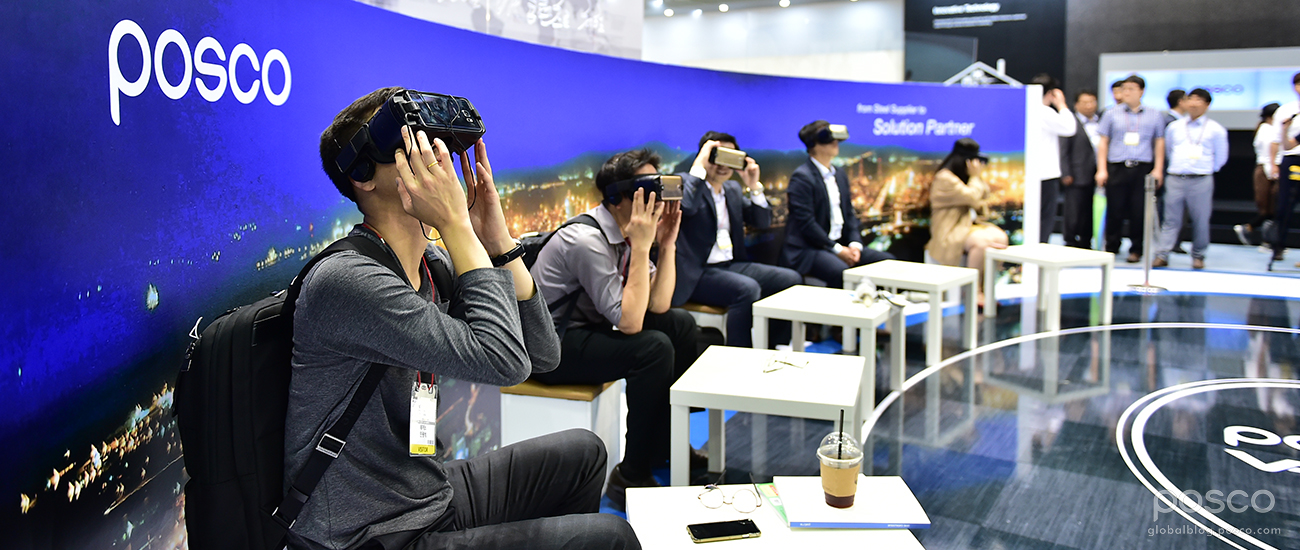The concept of virtual reality (VR) – of using an immersive headset to step into another world that seems real and that you can even interact with – has fascinated people for decades. Science fiction literature has explored the subject for over 80 years, as have movies like The Matrix (1999) and Avatar (2009), and of course there is the famous “holodeck” from Star Trek: The Next Generation.
Today, however, VR is rapidly moving from fiction to reality. There are many VR headsets available on the market, from expensive and sophisticated industrial models to basic consumer models designed to strap a mobile phone in front of your eyes.
A New Market of Amazing Possibilities

In just the two years since Google introduced its bare-bones Cardboard headset and Facebook about Oculus Rift, virtual reality has grown immensely. The amazing success of the augmented reality (AR) game Pokemon Go has spurred the development of this technology even faster. Some market analysts think this year the market for VR hardware and software combined will pass $1 billion for the first time. And one estimate has predicted that market could grow to a staggering $1 trillion by 2035.
The reason for that growth shows that VR is more than just a novelty or even a fun platform for entertainment. VR is also proving to be incredibly useful in a wide range of fields – for architecture and modeling, therapy, medicine, real estate, industrial training and more.
When it comes to therapy, for example, VR is helping people come to grips with a wide range of problems, such as their fear of heights or paranoia. Using VR, people can gently experience life-like situations, while maintaining control over the experience, allowing them to get used to their fears and perhaps even overcome them.
VR simulators can even replicate experiences no one has ever had – for instance, trying out life on Mars. The Martian VR Experience is a 30-minute interactive film that allows people to pretend they are traveling to and then living on the surface of the Red Planet.
Improving Production, Upping Safety
VR is also very useful when it comes to industry, government and other practical fields. Flight simulators have long been a key part of training pilots, both for the military and for commercial airlines, and now VR is taking the effectiveness of that training to the next level.
In medicine, VR is helping patients deal with a wide range of injuries and other issues. For surgeons, VR provides an opportunity to practice complicated techniques and experience rare situations, helping to boost their effectiveness in the operating room.

For engineers and architects, VR technology can help them experience what the final design is like, and see what it like from inside and outside and all angles. And for real estate, VR lets house-hunters explore a space from home, making the difficult task of house-hunting much more efficient and enjoyable.
Plus VR allows workers and other experience a huge range of environments and hone their skills in situations that normally would have been quite dangerous. Thanks for this amazing new technology, though, now they are train and work on their skills in a safe situation, until they are ready for the field.
POSCO Gets Real with VR

POSCO, too, is embracing the new and exciting world of VR, using it to highlight and improve its products. Recently POSCO filmed the entire steelmaking process in 360-degree video, from loading and unloading raw materials to shipping the final products, so anyone could experience what it is like to visit a steelworks in person. In addition to allowing viewers to see how steel is made, the VR movie also allowed people to get a close-up look at many parts of the steel process that are usually too dangerous for visitors.
That VR video was on display at Steel & Metal Korea 2016 (SMK 2016), held at the Ilsan KINTEX from September 27 to 30.

What’s next for VR? As more and more industries pour resources into R&D and try out promising new approaches, clearly the sky is the limit. More than just headsets, researchers are now adding interactive gloves and other technologies to make VR ever more immersive and realistic. Look for POSCO, as always, to be at the forefront of these new advances, using the next generation of technologies to lead the world of steel.

POSCO Stands Out at Steel & Metal Korea 2016
POSCO to Use VR Content to Promote Its Steel Products and Exceptional Manufacturing Process
Why Steel-Type Characters Win in Pokémon Go
